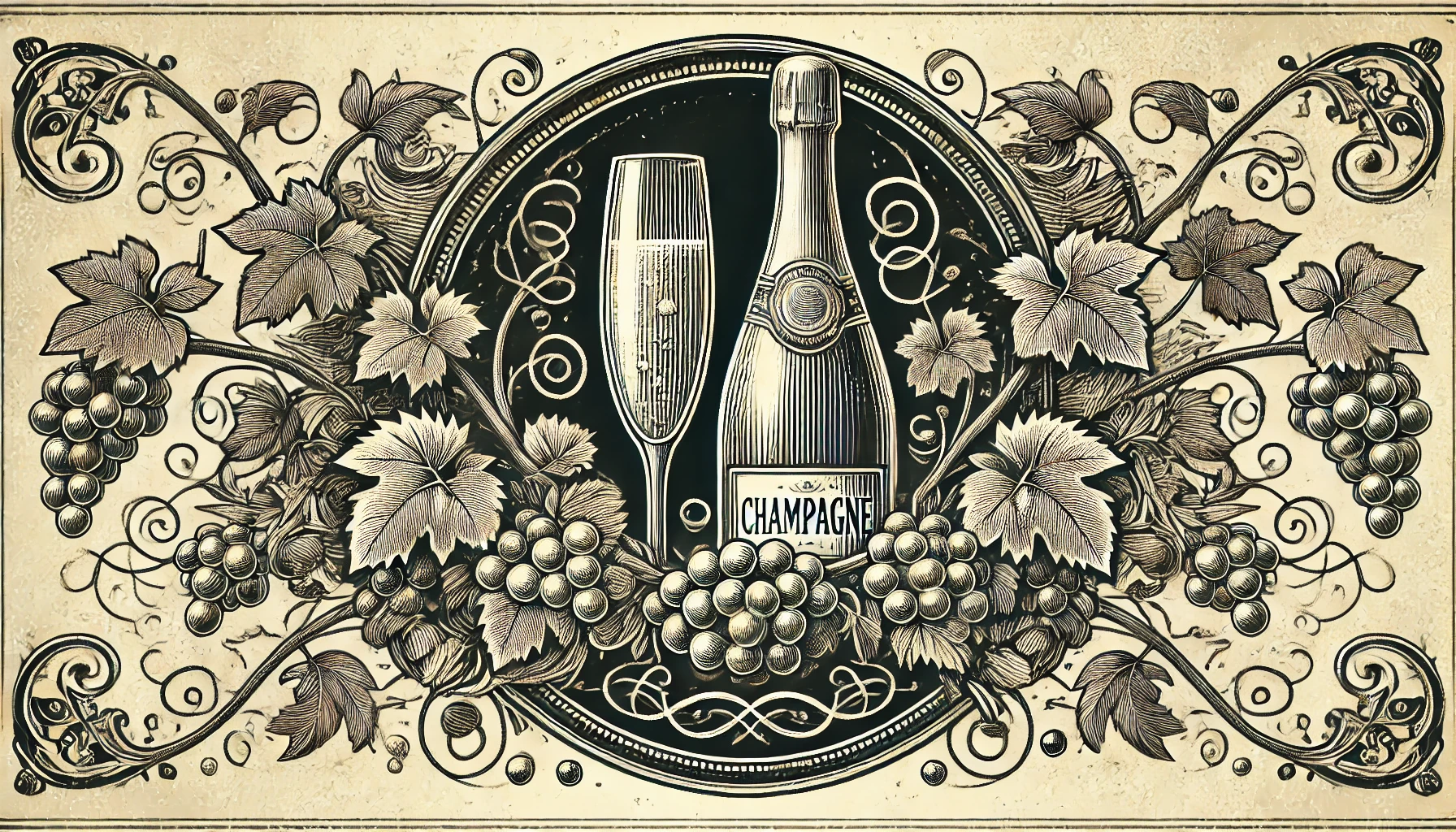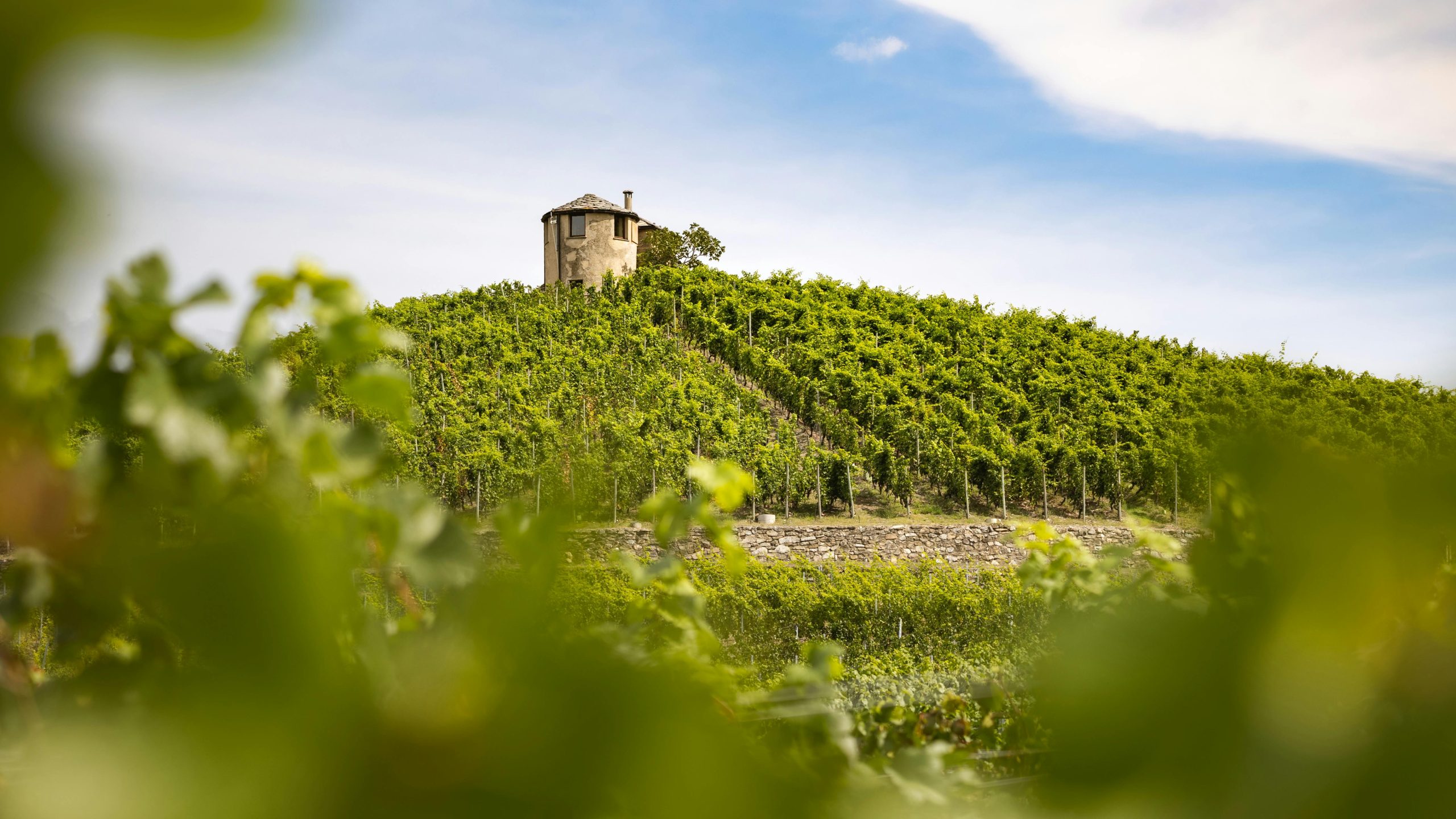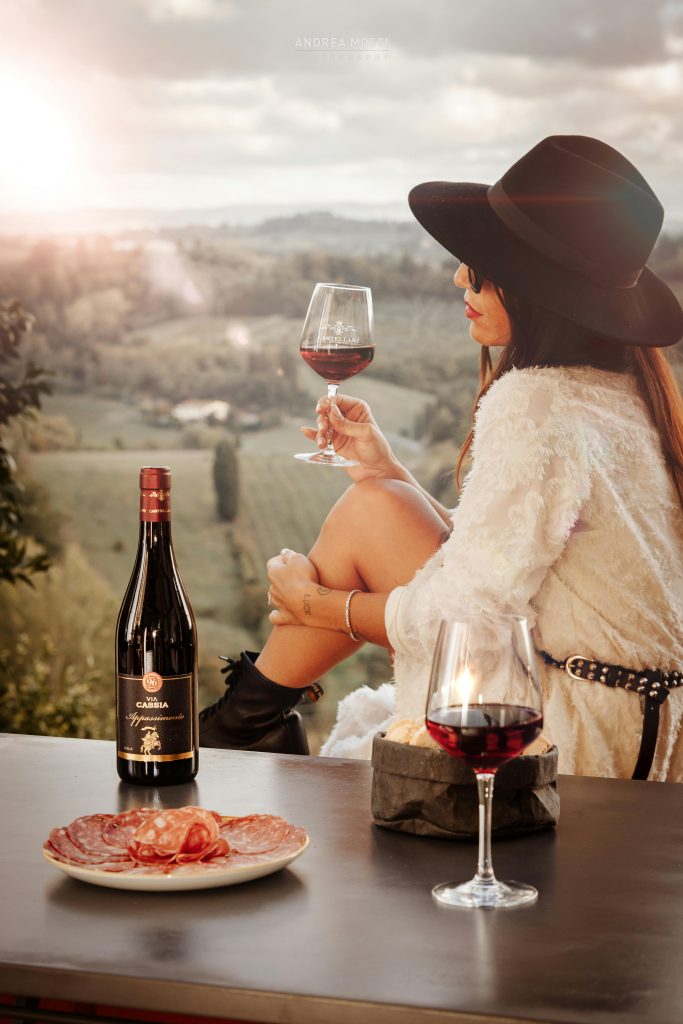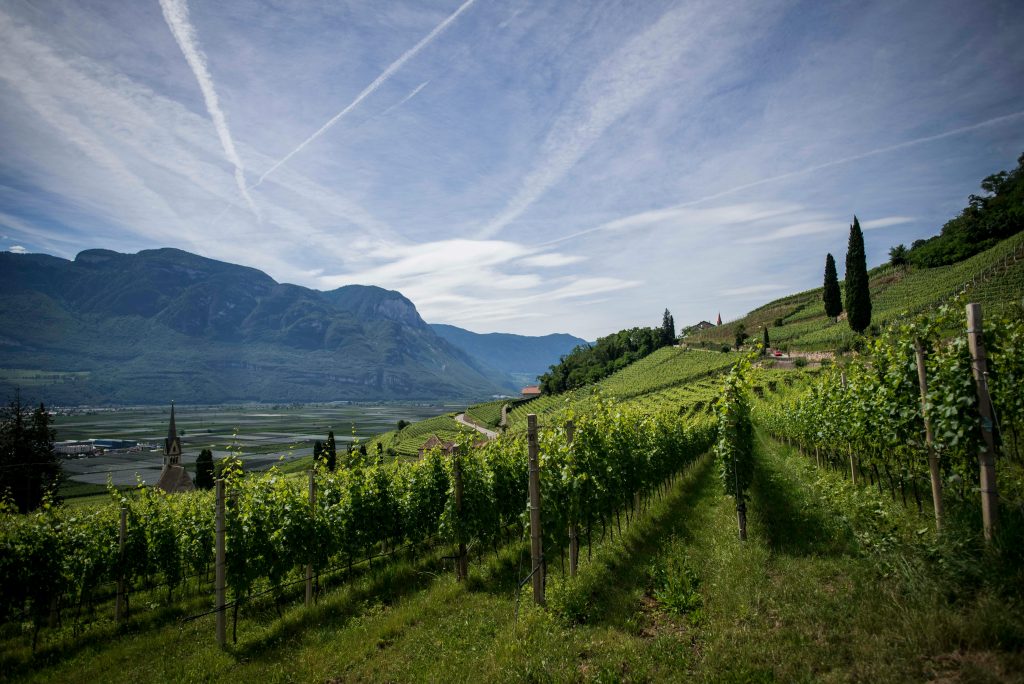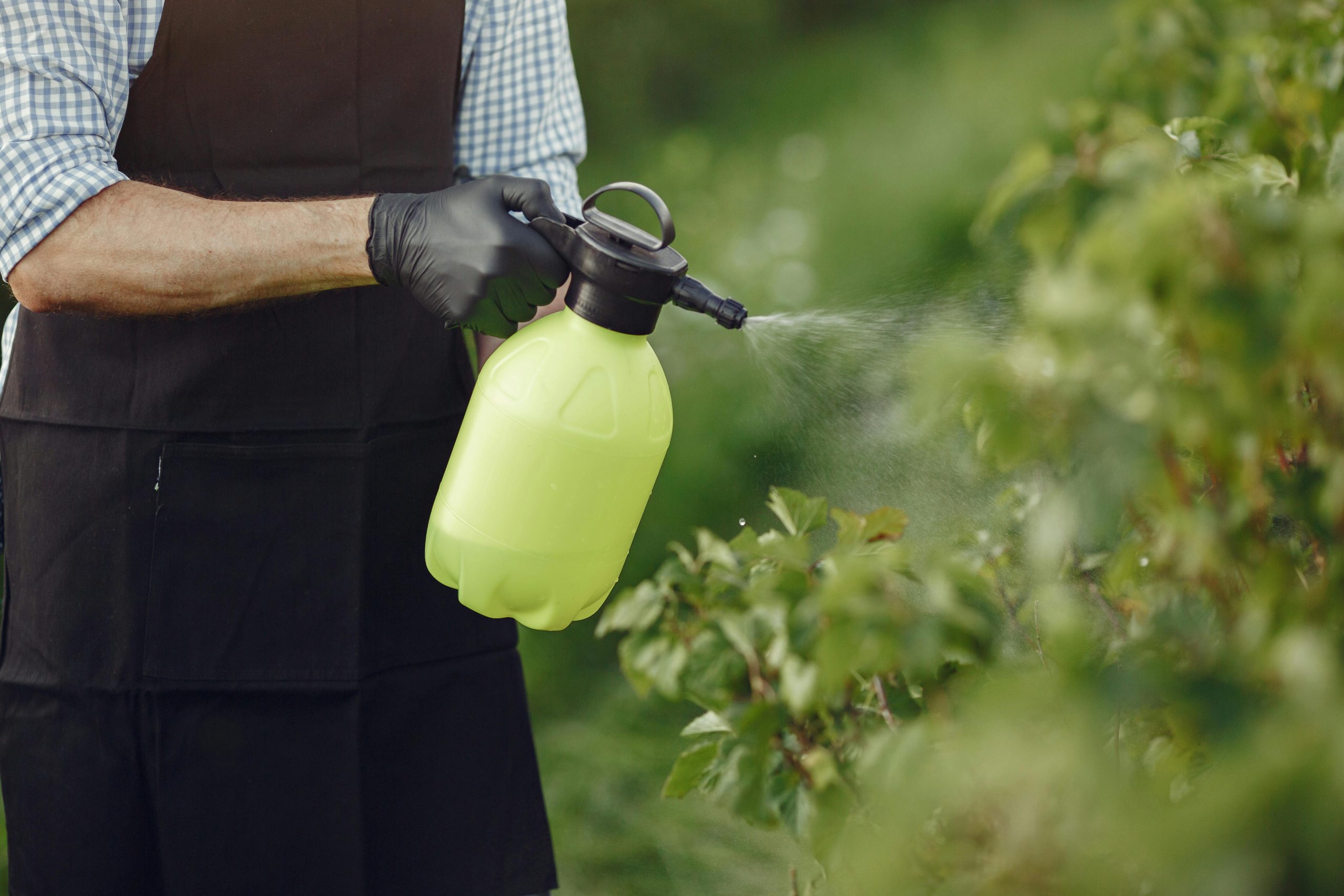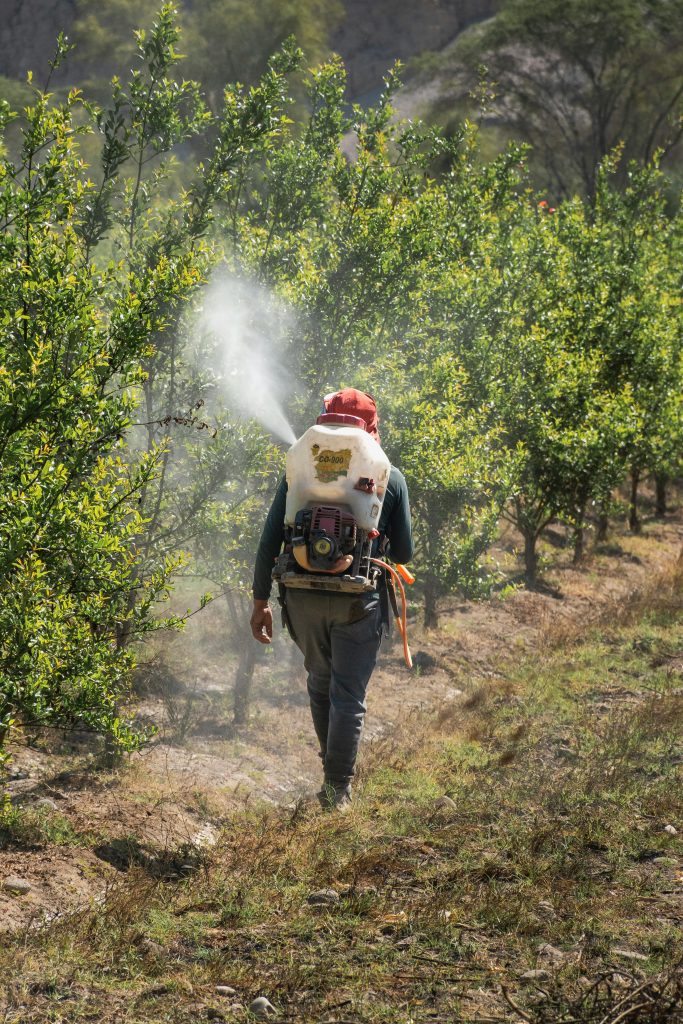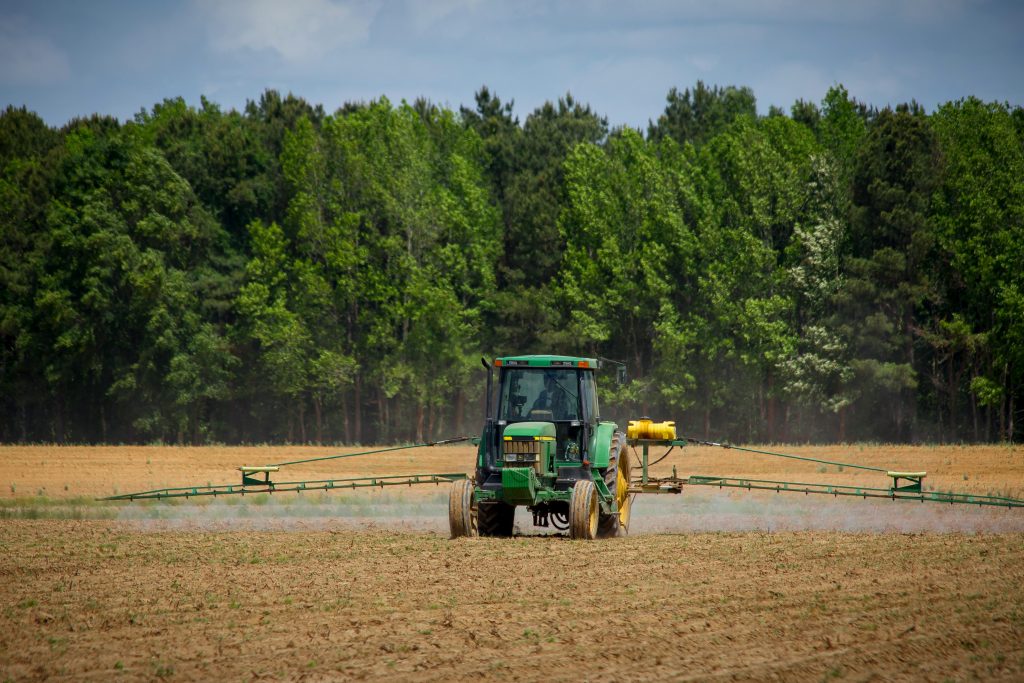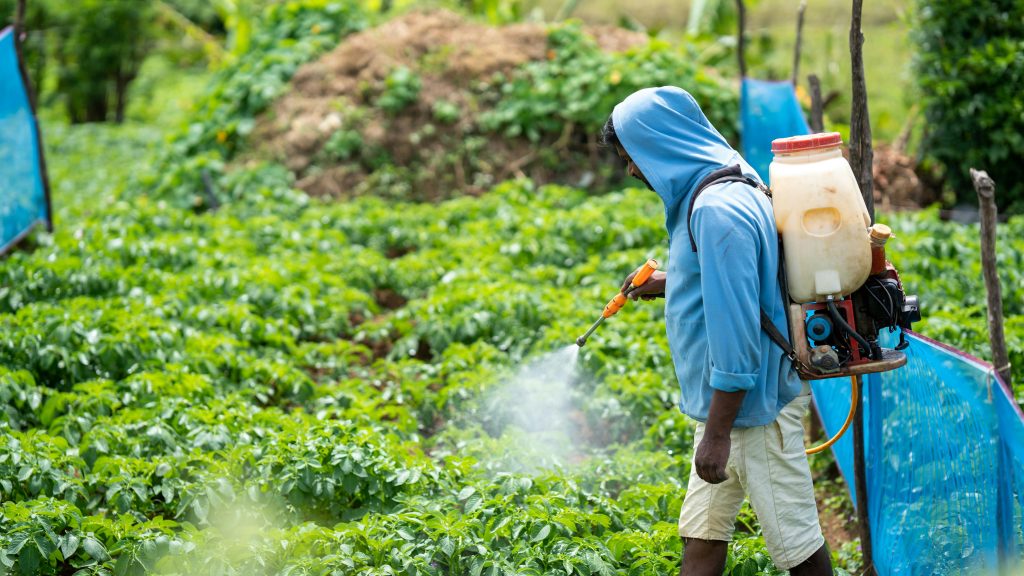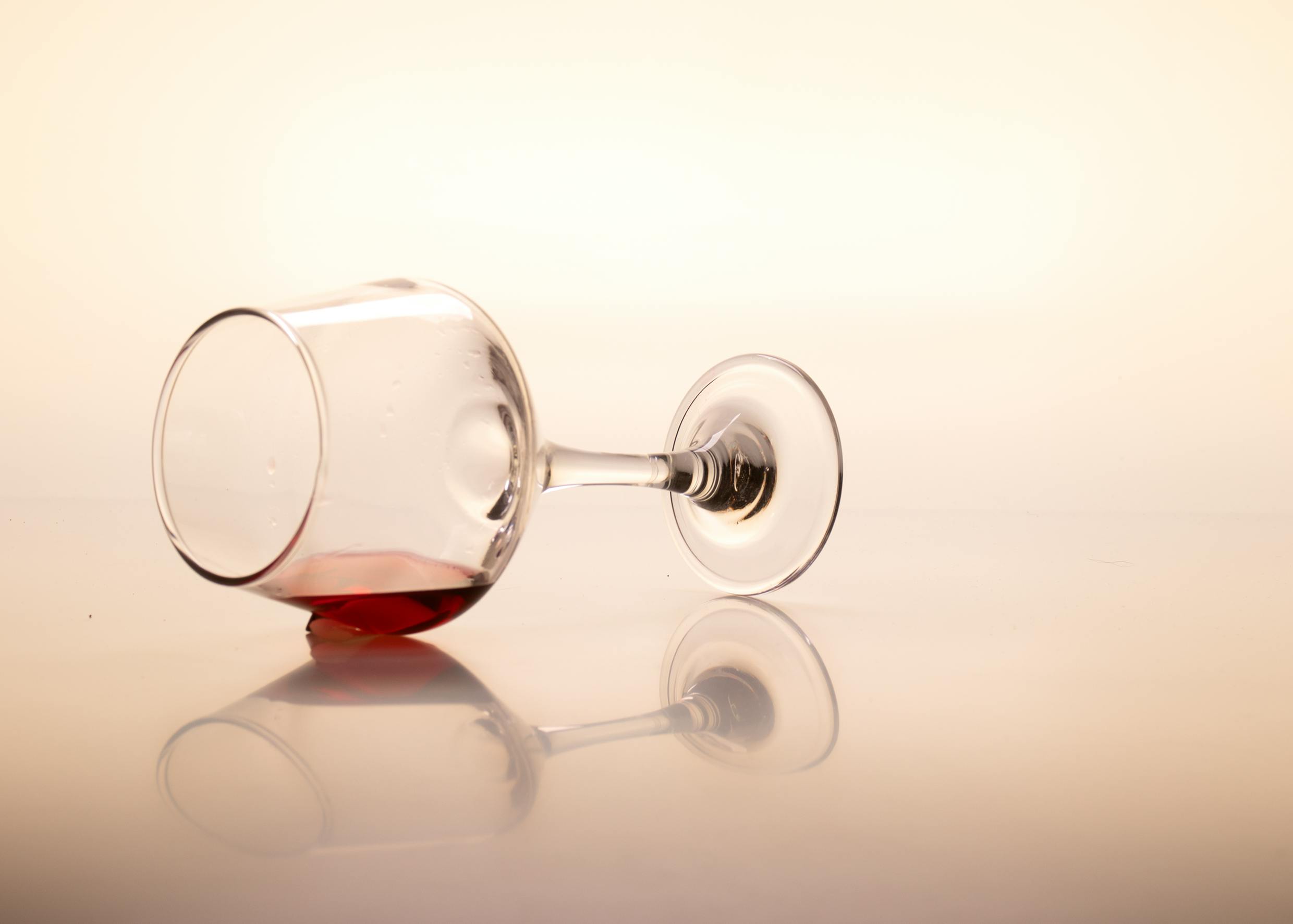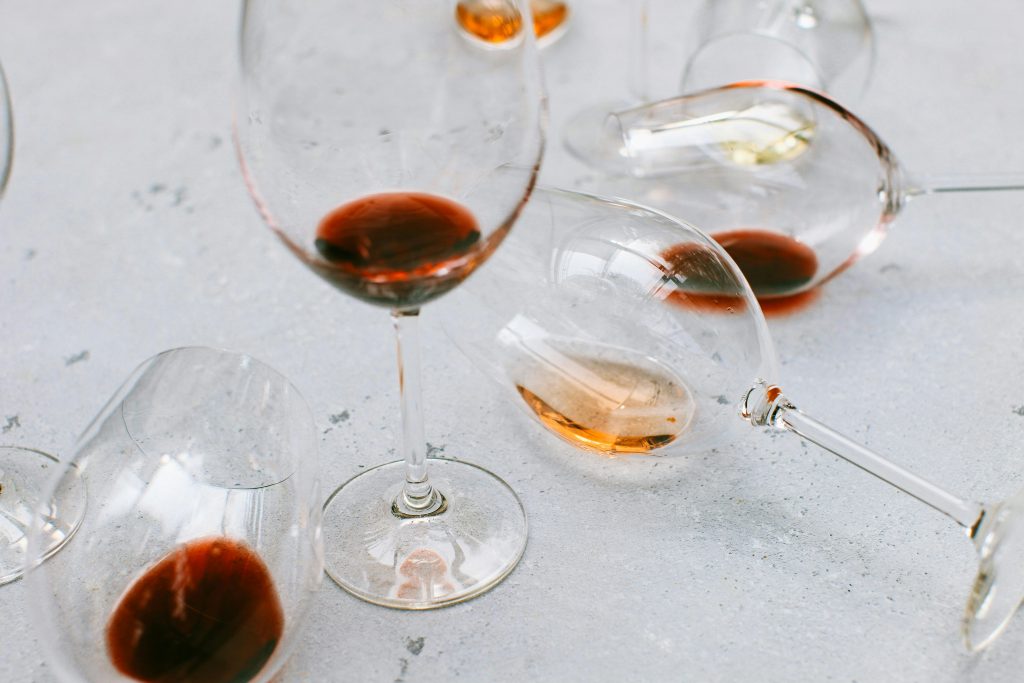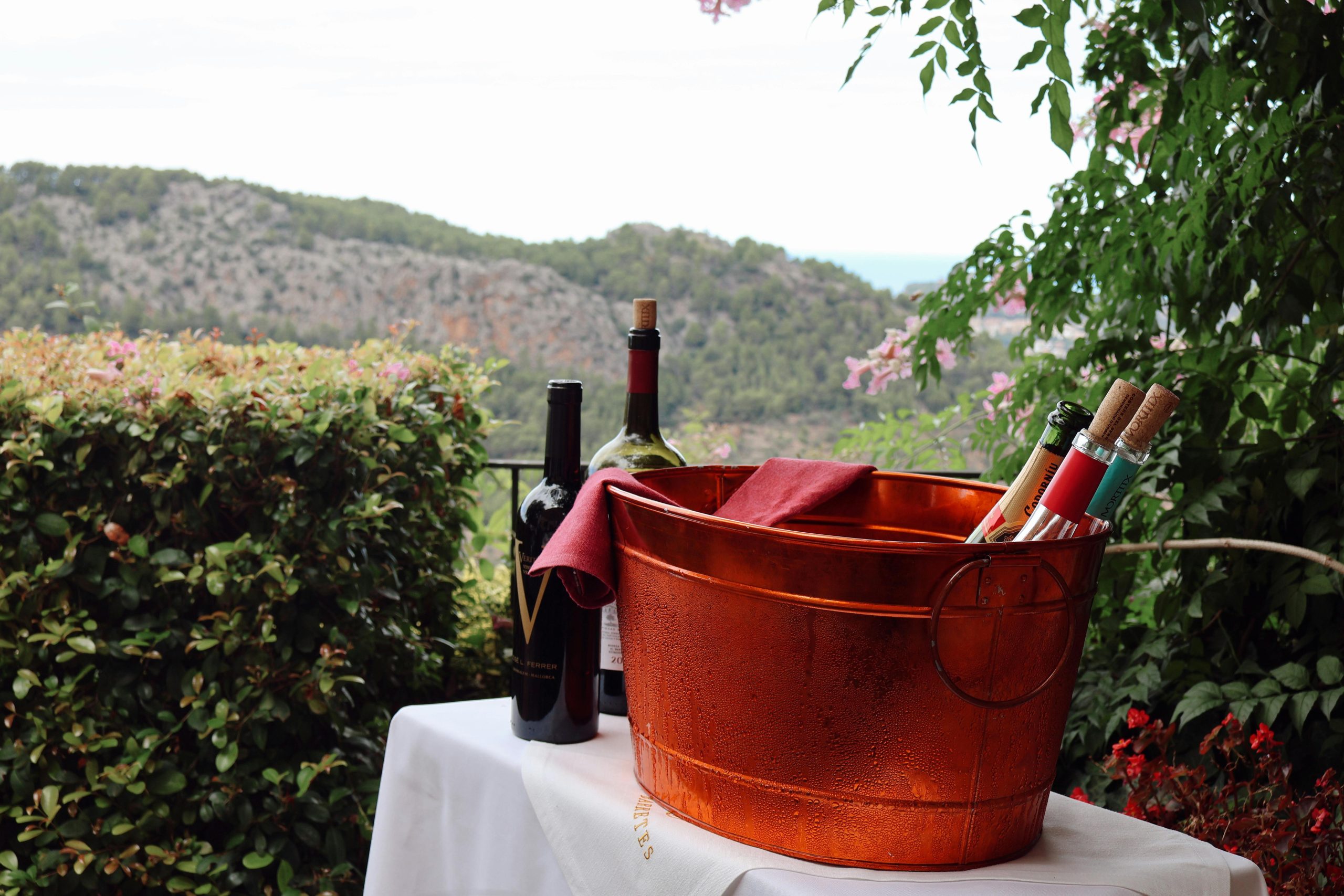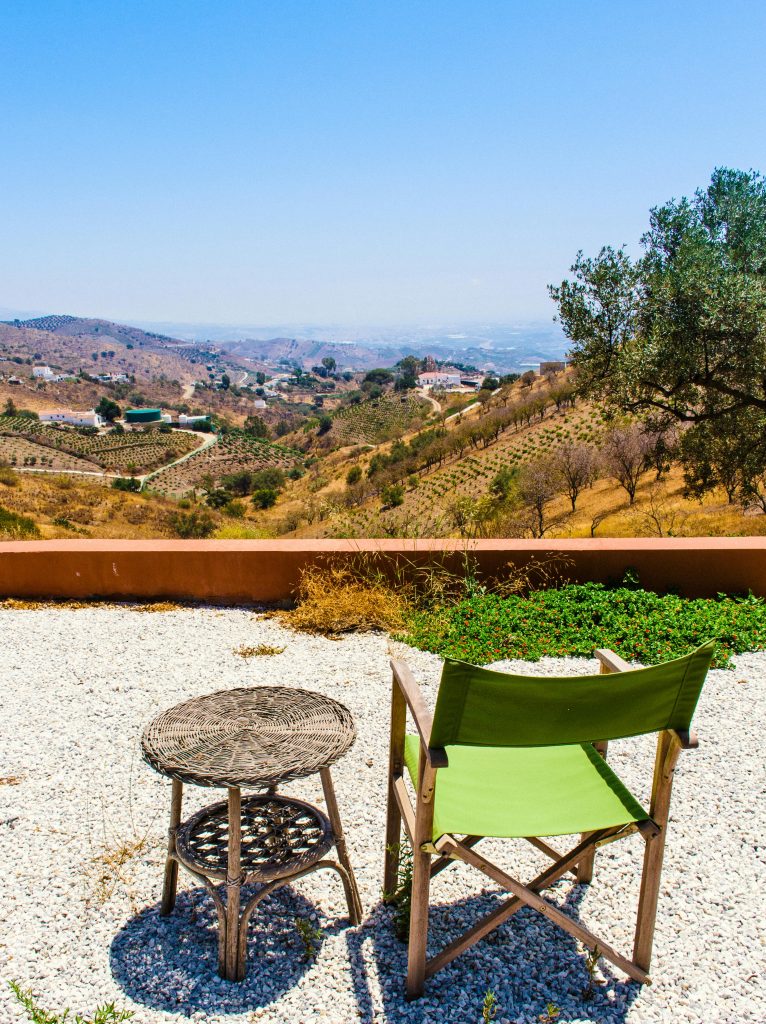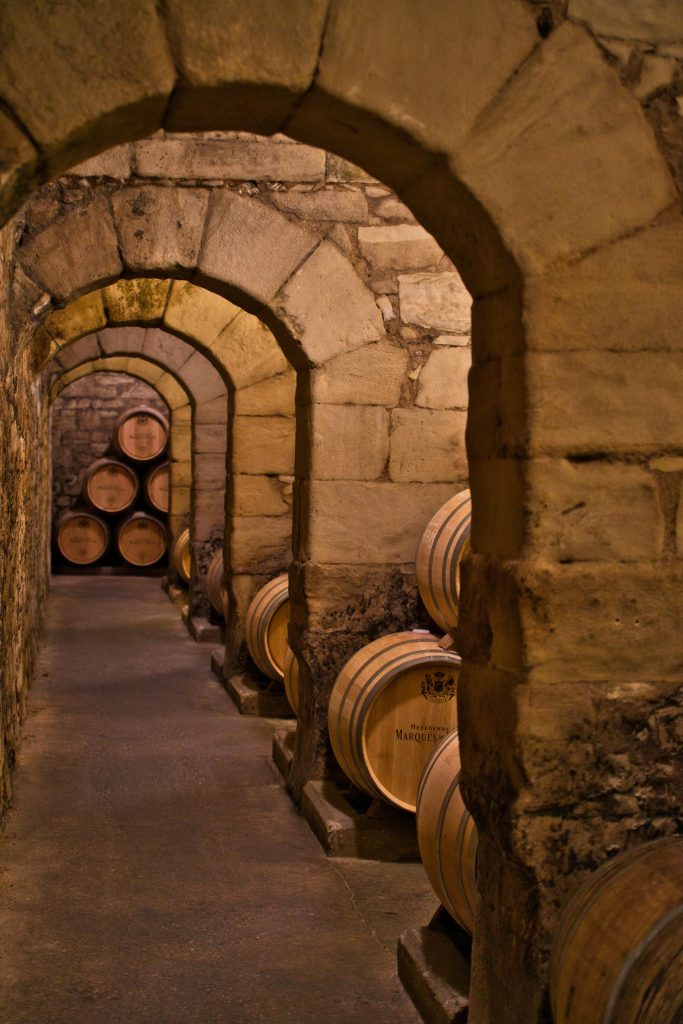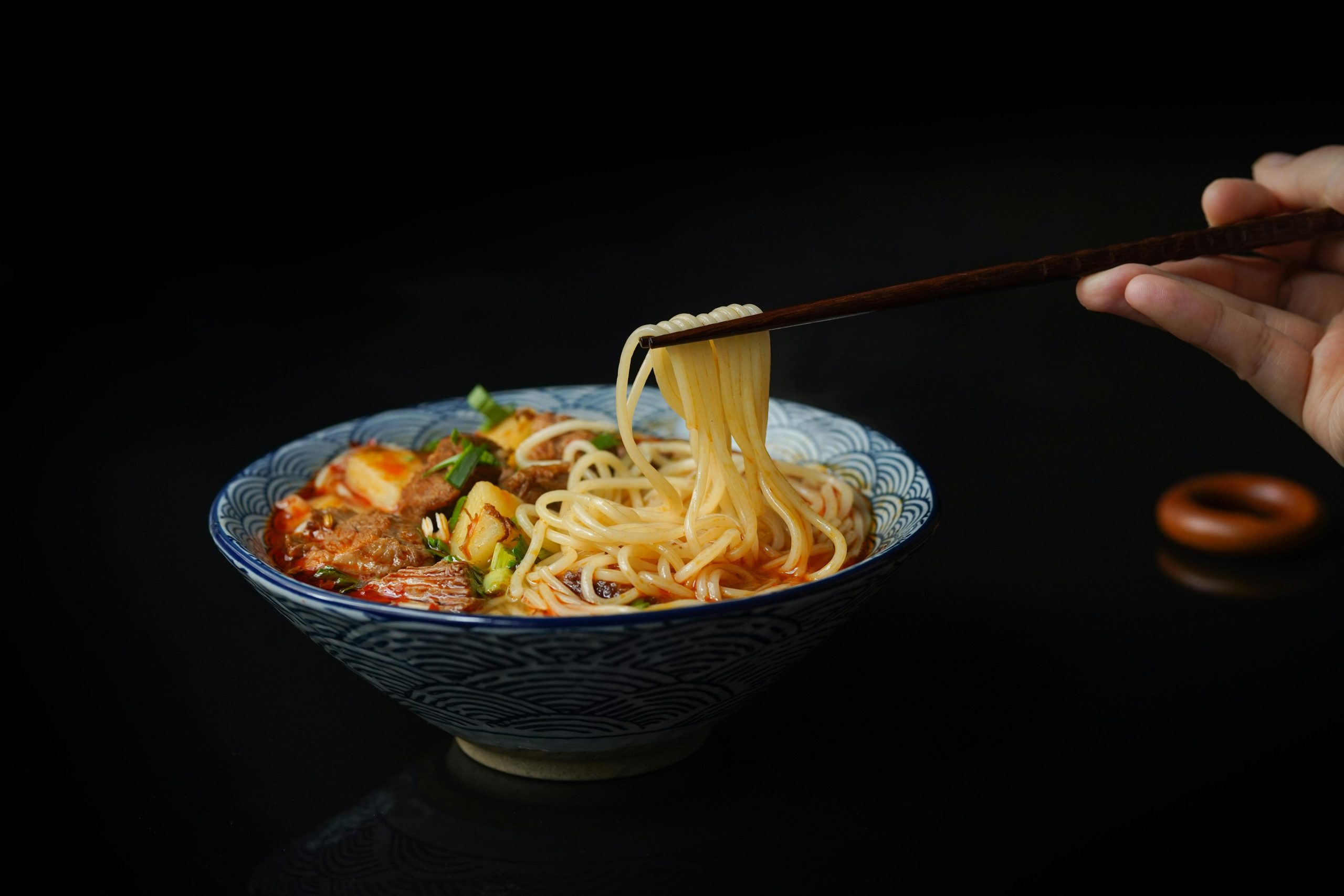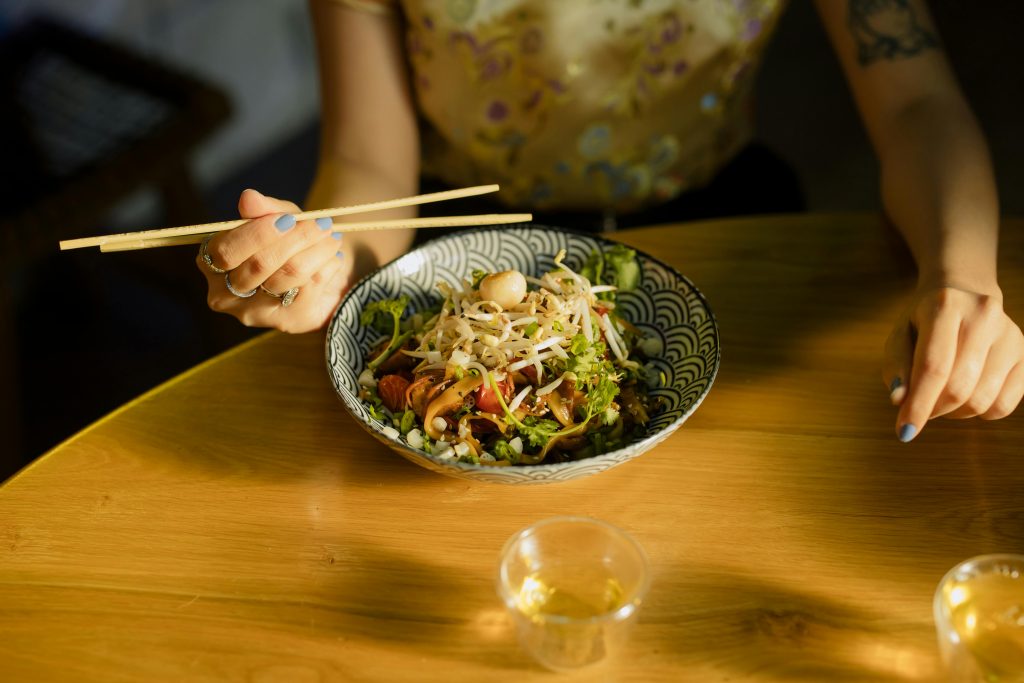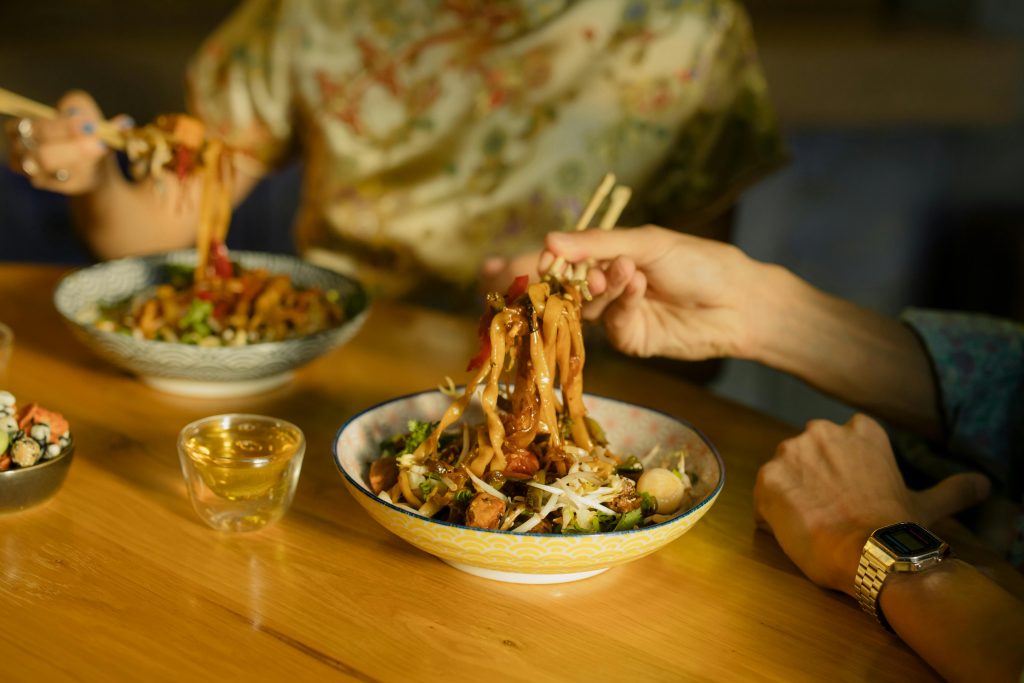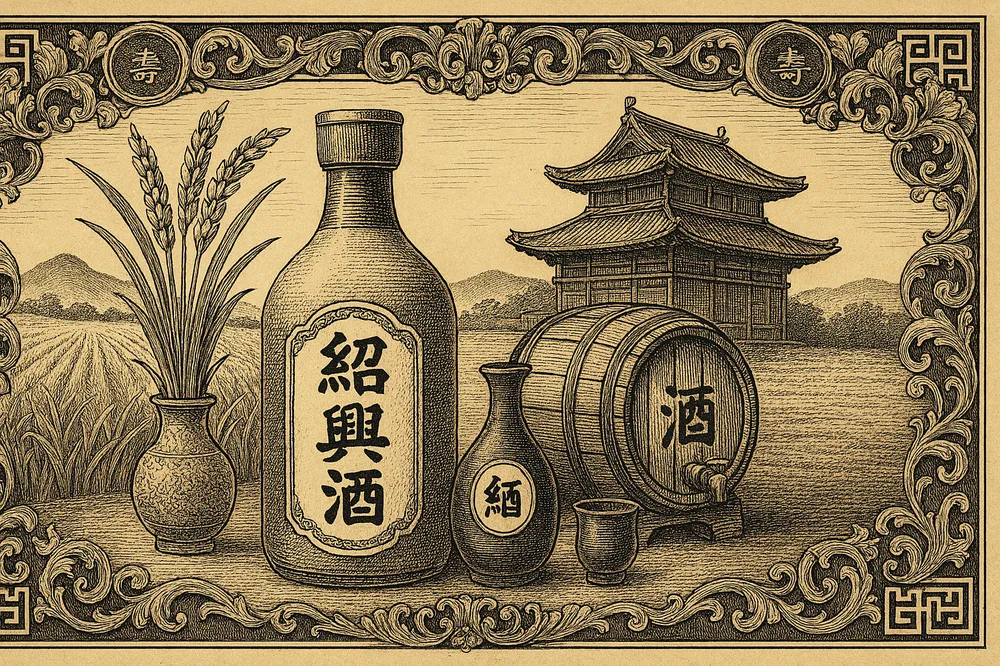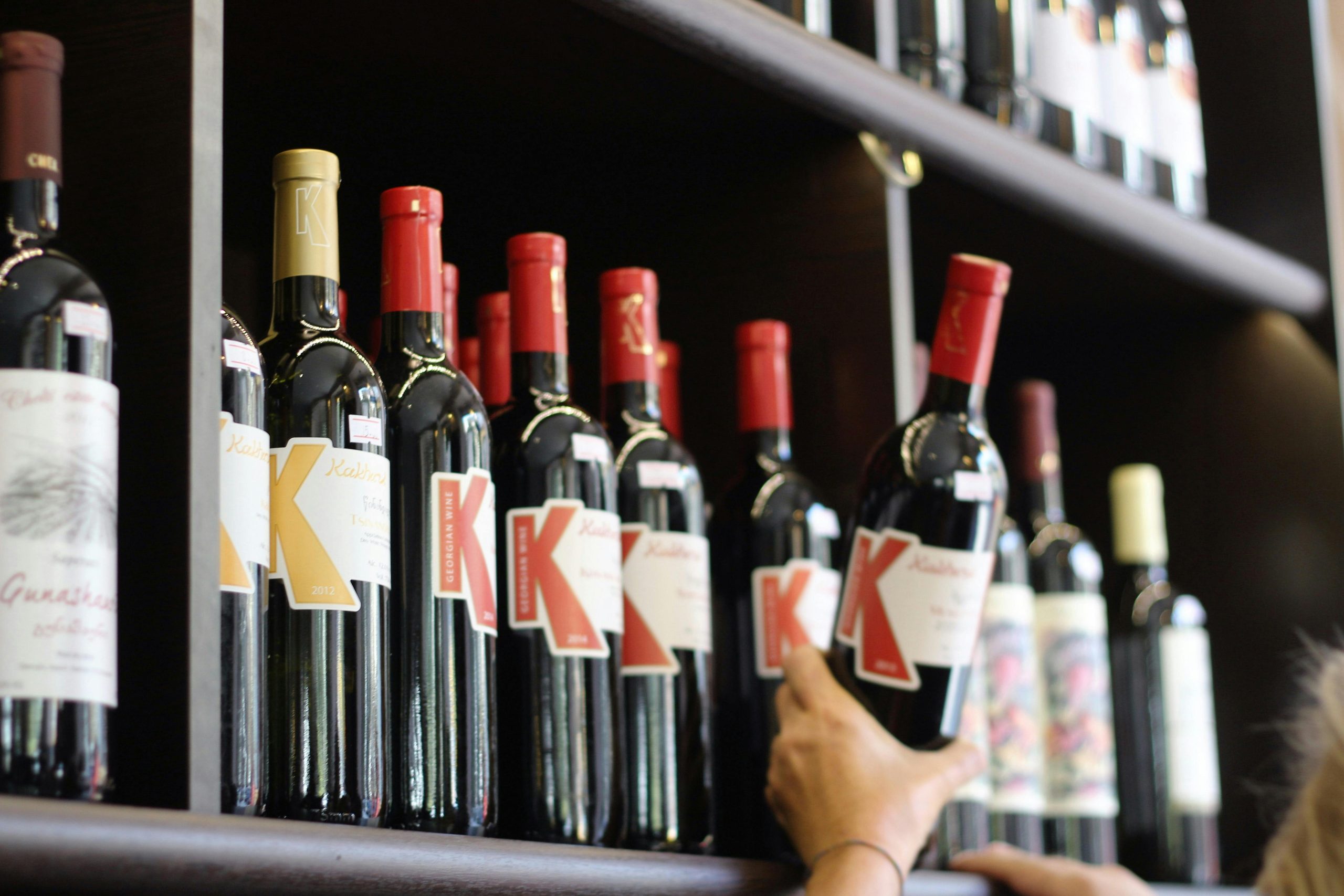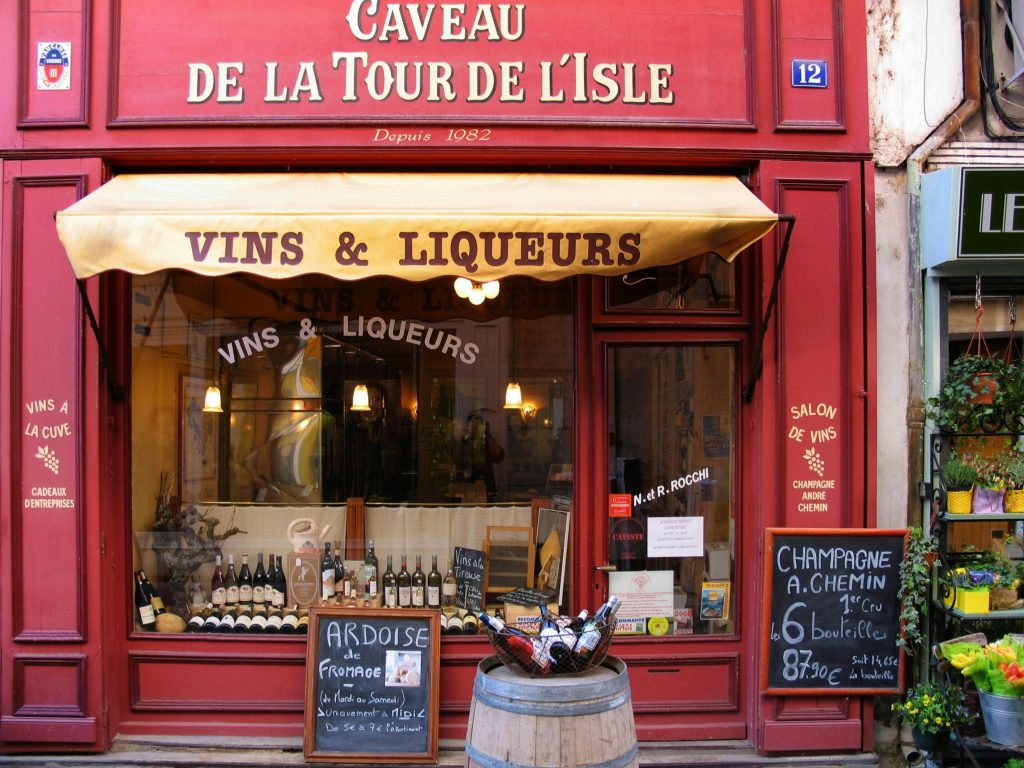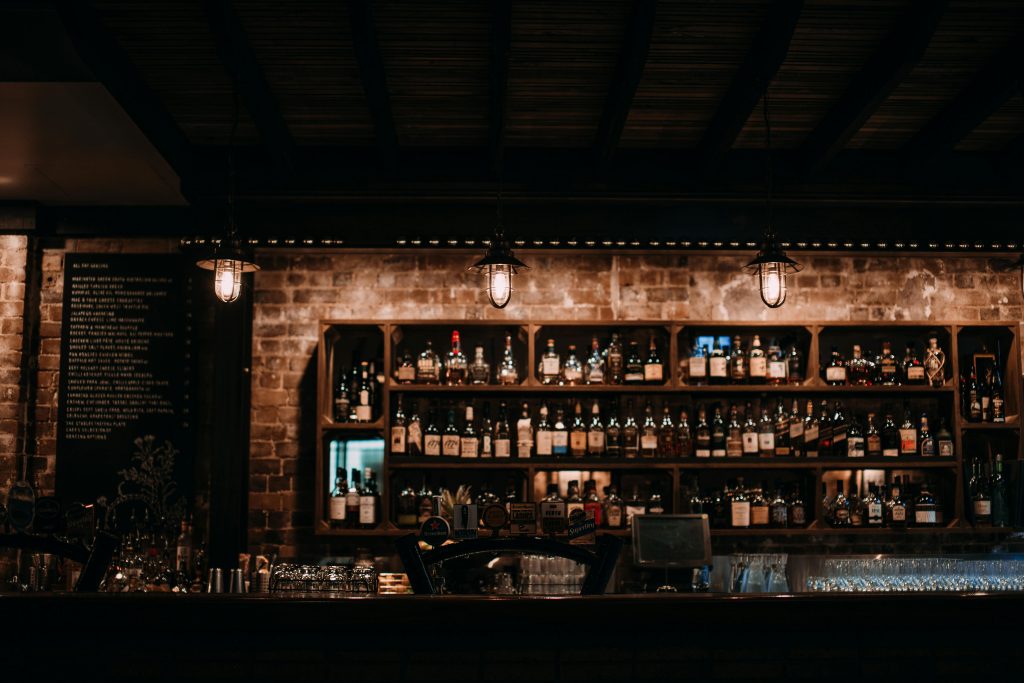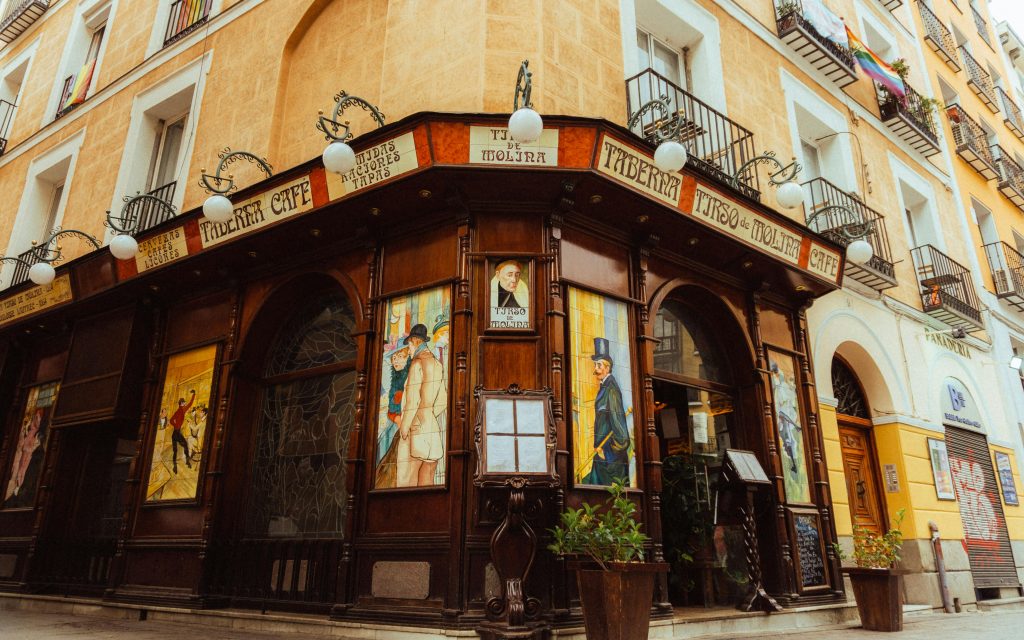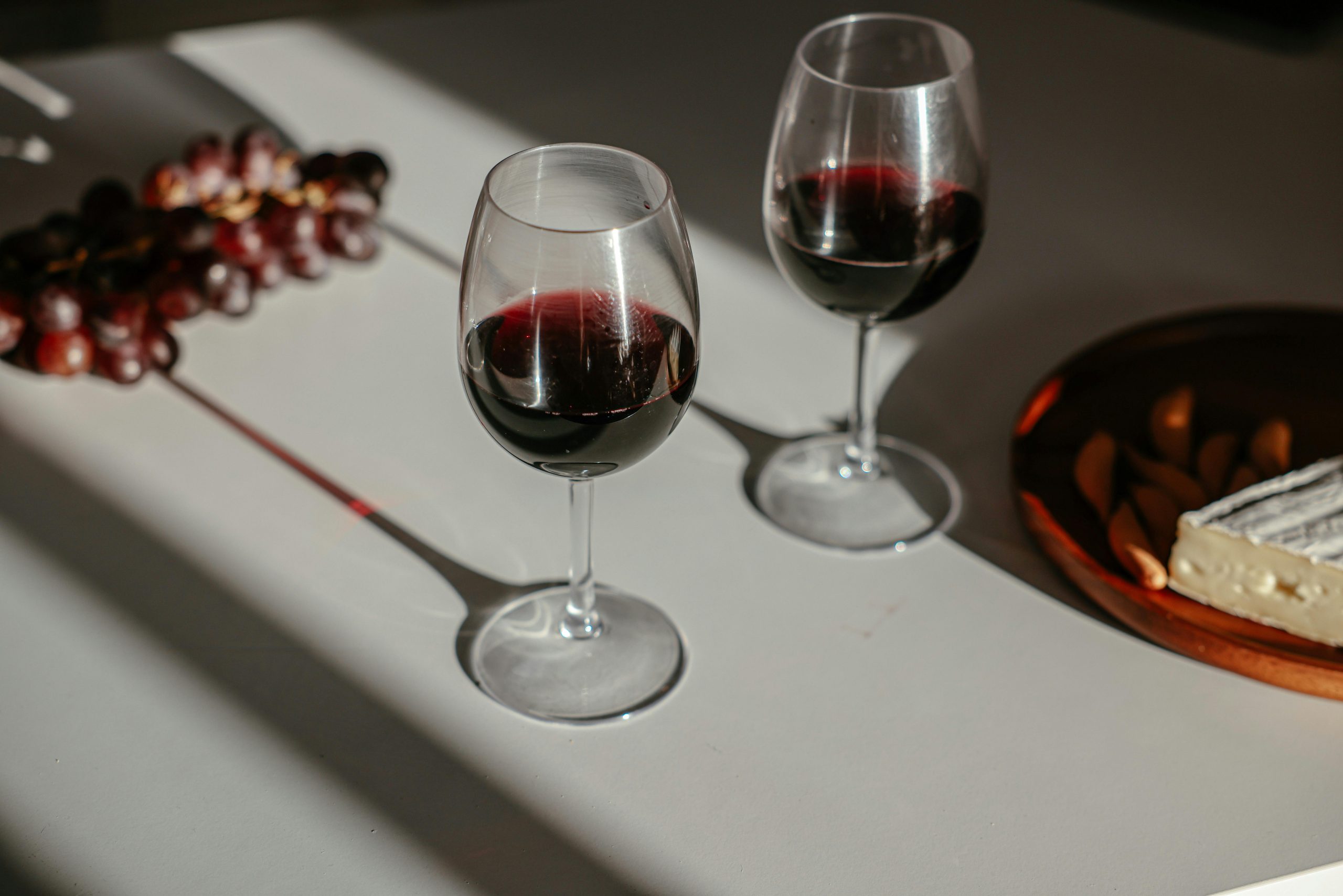
If you’ve ever sipped a buttery Chardonnay and thought, “How do I get that smooth texture in my own wine?”, then you’re already halfway to discovering the magic of malolactic fermentation—often just called “malo” in the winemaking world.
This process is less about adding flavor and more about transformation. It’s the reason your wine can go from sharp and acidic to mellow and creamy. For small vineyard owners or home winemakers who want to take their wine from good to “wow, that’s silky,” this guide breaks it all down for you.
What Is Malolactic Fermentation, Exactly?
Let’s start with the basics.
Malolactic fermentation (MLF) is not a true fermentation in the traditional sense. It’s a conversion process—where one type of acid in wine (malic acid) gets transformed into a softer one (lactic acid). It’s carried out by a friendly bacterium, most often Oenococcus oeni.
This little microbe Oenococcus oeni might not sound glamorous, but it plays a big role in making wine smoother and rounder. Think of it like turning tart green apple into creamy yogurt—that’s the level of transformation we’re talking about.
For a deeper technical dive, check out our dedicated guide on malolactic fermentation.
Why Do Home Winemakers Use Malolactic Fermentation?
Most homemade wines are naturally quite acidic, especially if you’re working with certain grape varieties or cooler climates. MLF helps soften that edge and brings out a more approachable, easy-drinking profile.
Benefits of MLF:
- Reduces harsh malic acid
- Increases wine stability (helps prevent spoilage later)
- Adds complexity, creaminess, and sometimes a hint of butter
- Creates a rounder mouthfeel
- Harmonizes the wine’s flavors, especially in reds and full-bodied whites
Is MLF Right for Your Wine?
Before jumping in, ask yourself:
- Are you making a red wine like Merlot, Syrah, or Pinot Noir? If yes, MLF is often recommended.
- Are you making a white wine like Chardonnay and prefer a creamy texture? Then MLF is worth considering.
- Are you making crisp whites like Sauvignon Blanc or Riesling and want to preserve their zippy acidity? You may want to skip MLF.
Some winemakers also let the wine tell them what it wants. If it tastes too tart, malo might be the fix.
When Does MLF Happen?
MLF generally starts after primary fermentation is done—when the yeast has finished converting sugar into alcohol. But timing can vary based on your setup, temperature, and whether you inoculate (add bacteria) or go the natural route.
Some winemakers prefer to co-inoculate (add MLF bacteria during primary fermentation), while others wait and inoculate after the yeast work is done. Both methods work, depending on what you’re going for.
The Science in Simple Terms
Here’s what’s going on behind the scenes:
| Process | What Happens |
|---|---|
| Malic Acid Present | Tastes sharp, like a green apple |
| Oenococcus oeni Added | Bacteria convert malic acid to lactic acid |
| CO₂ Released | This gas bubbles off, like in primary fermentation |
| Wine Becomes Creamier | Acidity softens, texture becomes rounder |
MLF is a subtle shift, but the difference in taste and texture can be profound.
How to Do Malolactic Fermentation at Home
Let’s get to the hands-on part. Here’s how to guide your wine through MLF successfully, even in a small setup.
1. Finish Primary Fermentation First
Let your yeast finish converting all the sugars into alcohol. You don’t want sugar around when you start MLF—leftover sugar + MLF can lead to unwanted microbial activity.
2. Test Your Wine’s pH and SO₂
MLF bacteria don’t love highly acidic or high-sulfur environments.
- Ideal pH for MLF: 3.3 to 3.5
- Free SO₂: Should be low, ideally under 10 ppm
If your wine is too acidic or sulfur-heavy, the bacteria may struggle or fail.
3. Choose Your MLF Bacteria
While MLF can happen spontaneously, it’s risky. Better to buy a commercial strain of Oenococcus oeni from a reputable supplier. They come freeze-dried and are easy to use.
Some reliable strains include:
- VP41 (good for tough conditions)
- Elios 1 (great for whites)
- Beta (low diacetyl, so less butteriness)
4. Inoculate
Rehydrate the bacteria according to the instructions and add them to your wine. Make sure the temperature is right—around 18–22°C (64–72°F) is ideal.
5. Keep It Warm and Stir Gently
MLF needs warmth. Cold cellars may stall the process. Keep the wine in a controlled space. Stirring gently every few days helps distribute bacteria and avoids sulfur buildup.
6. Track the Progress
Use paper chromatography (a simple test kit) to monitor the presence of malic acid. When it disappears, MLF is done.
MLF can take 2 to 6 weeks, depending on conditions.
7. When It’s Done, Stabilize the Wine
Once you’re sure MLF is finished:
- Add SO₂ to protect the wine (30–50 ppm, depending on pH)
- Rack the wine off lees (dead yeast and bacteria)
- Age or bottle as planned
Tips for Success
- Avoid High Alcohol: MLF bacteria hate alcohol above 14%. Keep your wines moderate.
- Don’t Rush the SO₂: Adding it too early will kill the bacteria before they finish.
- Use Nutrients Wisely: Some bacteria need a nutrient boost if conditions are rough.
- Clean Equipment Matters: Sanitize well—MLF won’t survive in dirty conditions.
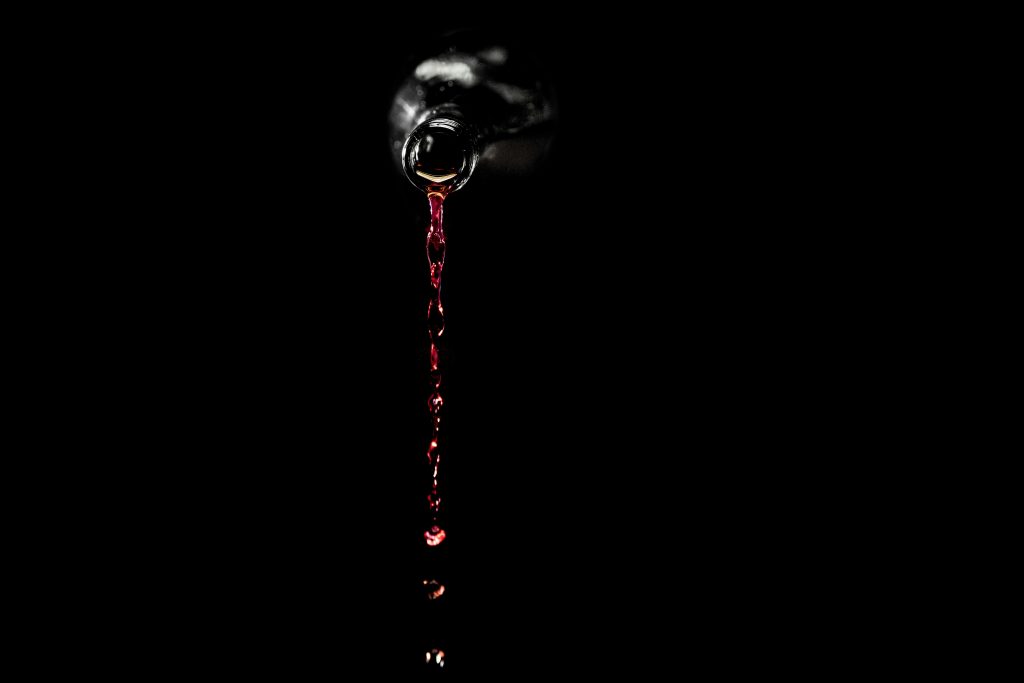
Flavor Outcomes: What Should You Expect?
Not every MLF wine tastes buttery. That depends on several factors, especially diacetyl—a compound produced during MLF that tastes like popcorn butter.
Some bacteria strains produce more diacetyl. Others break it down. Temperature, aeration, and stirring also play a role.
Want more creaminess? Choose a high-diacetyl strain and keep oxygen away.
Want less butter? Stir your wine often post-MLF to help diacetyl dissipate.
Common MLF Mistakes (and How to Avoid Them)
Let’s be honest. Things don’t always go smoothly. Here are a few pitfalls:
- MLF Didn’t Start
→ Check temperature, pH, and SO₂ levels. - MLF Stalled Midway
→ Raise the temperature a bit and stir gently. - Wine Tastes Weird After MLF
→ Could be spoilage bacteria. Keep everything clean, and don’t let it sit for months without SO₂. - Forgot to Monitor with Chromatography
→ Always confirm MLF is complete before bottling. Bottling too early can lead to fizzy, unstable wine.
Should You Always Do MLF?
Not necessarily. MLF is great for certain wine styles, but not all. Crisp whites and fruity wines often benefit from their natural acidity. Doing MLF on those might make them taste flat or uninteresting.
Think of it as a winemaker’s tool, not a requirement.
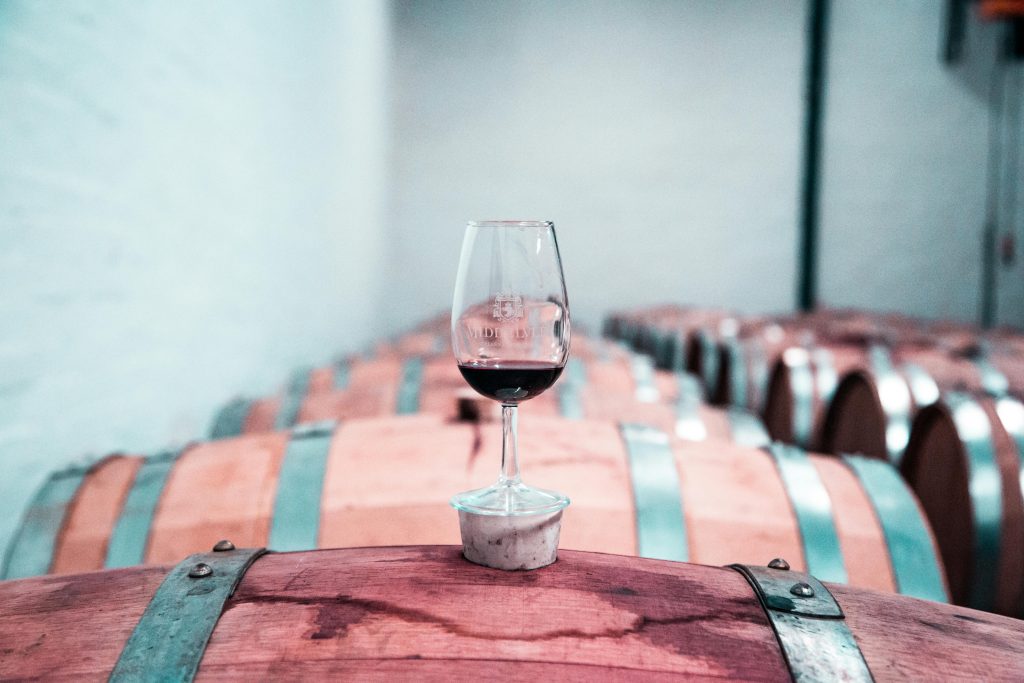
Wrapping It Up
Malolactic fermentation is one of those behind-the-scenes moves that separates a decent homemade wine from something truly impressive. It smooths out rough edges, softens acidity, and adds that rounded, creamy feel you often find in great reds or rich whites.
And the best part? It’s totally doable at home—even in your garage or cellar—if you plan a little and pay attention to the basics.
Whether you’re experimenting with a batch of backyard Syrah or trying to tame a zesty Chardonnay, MLF can be your secret sauce to making a wine that’s not just drinkable—but downright delicious.
